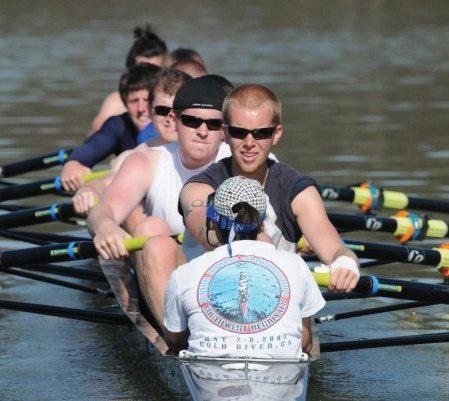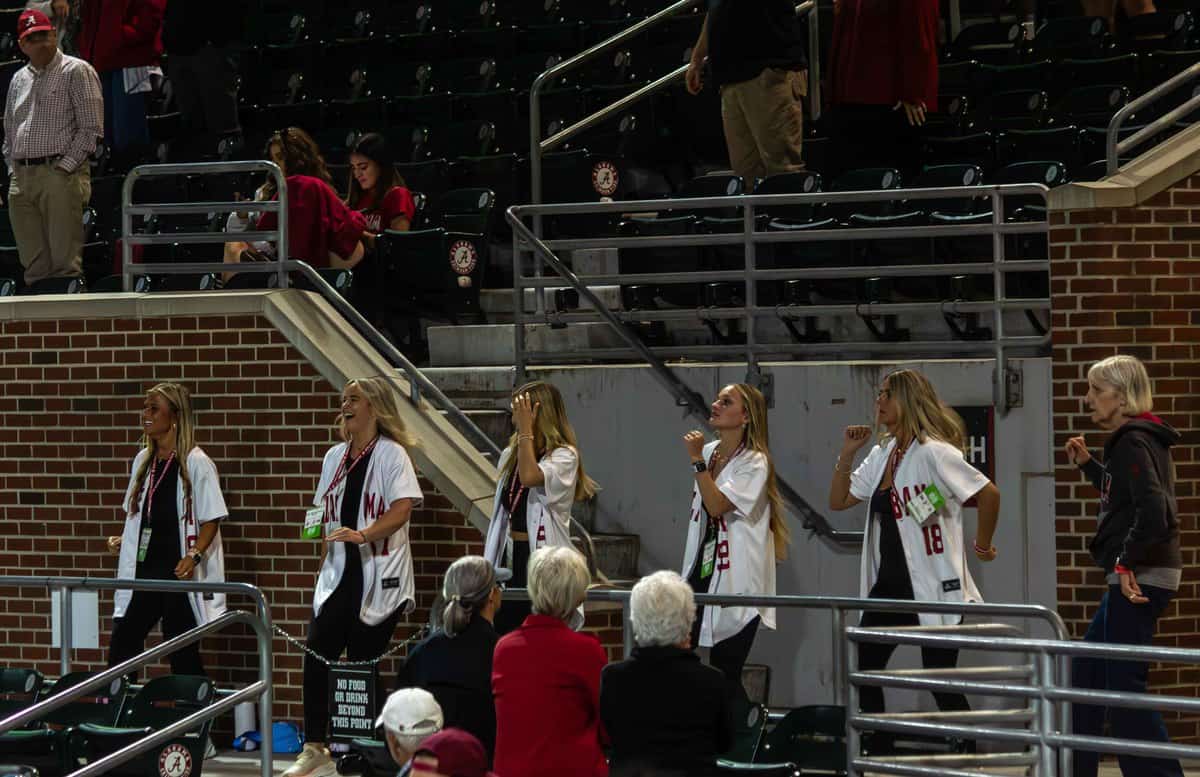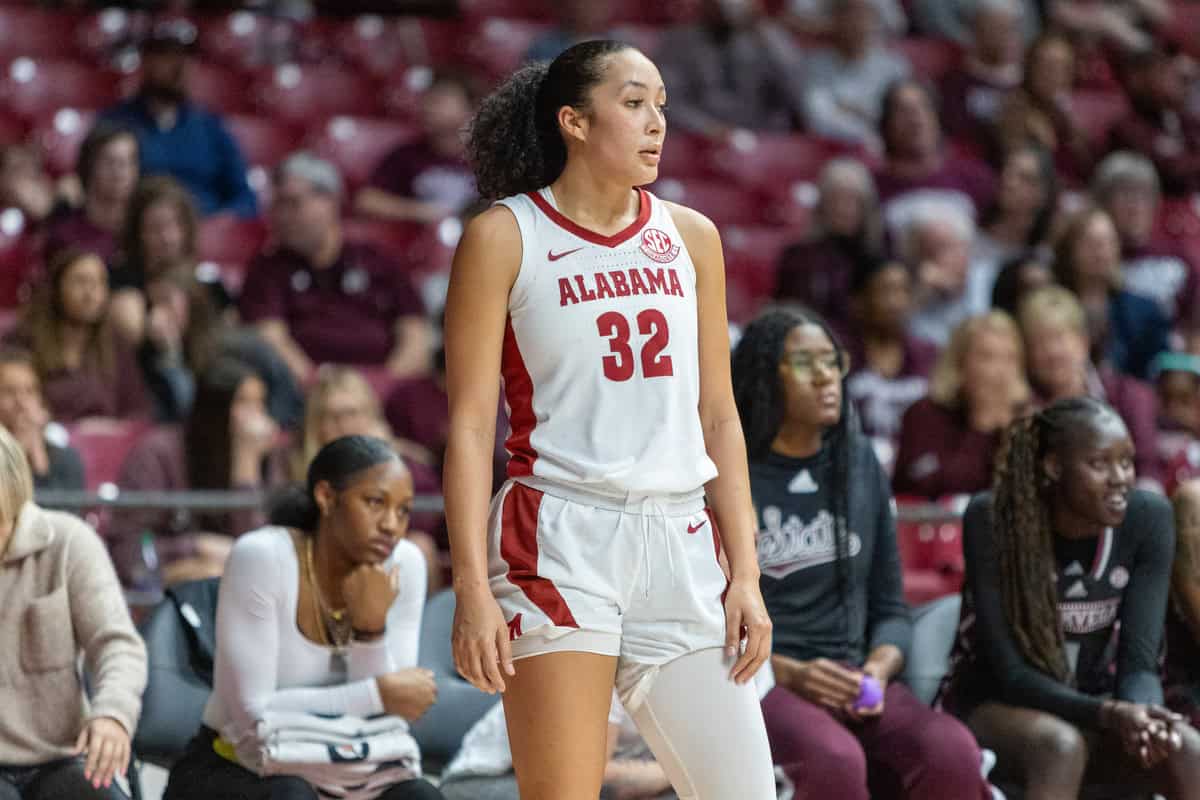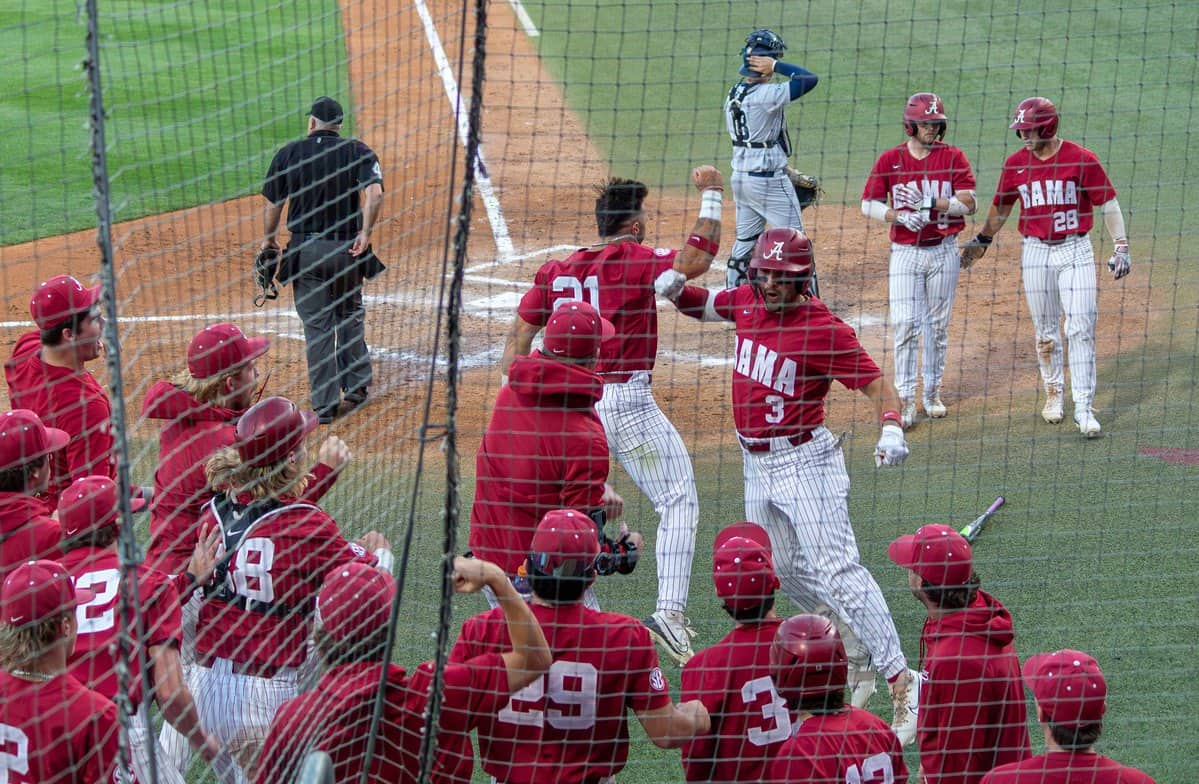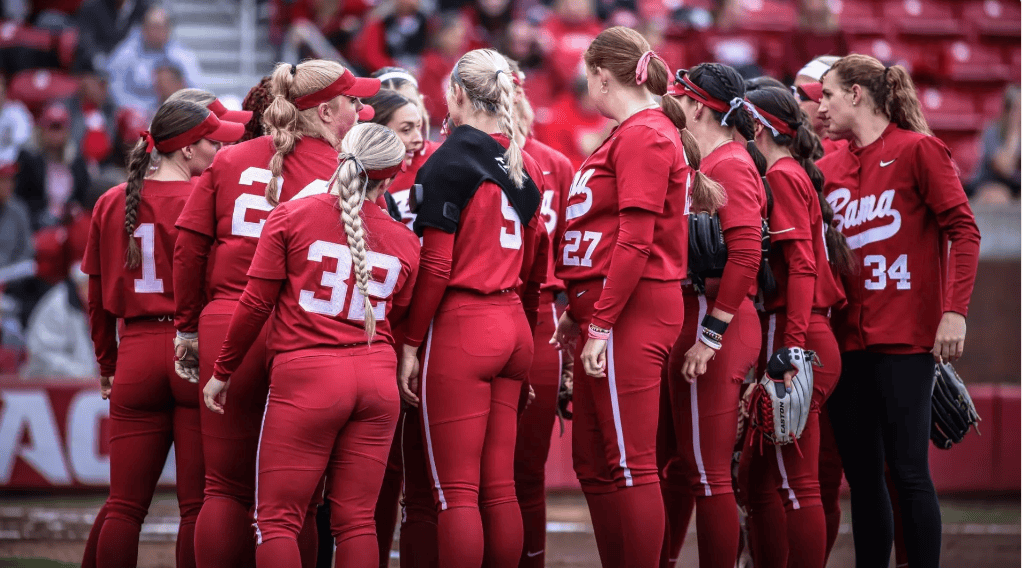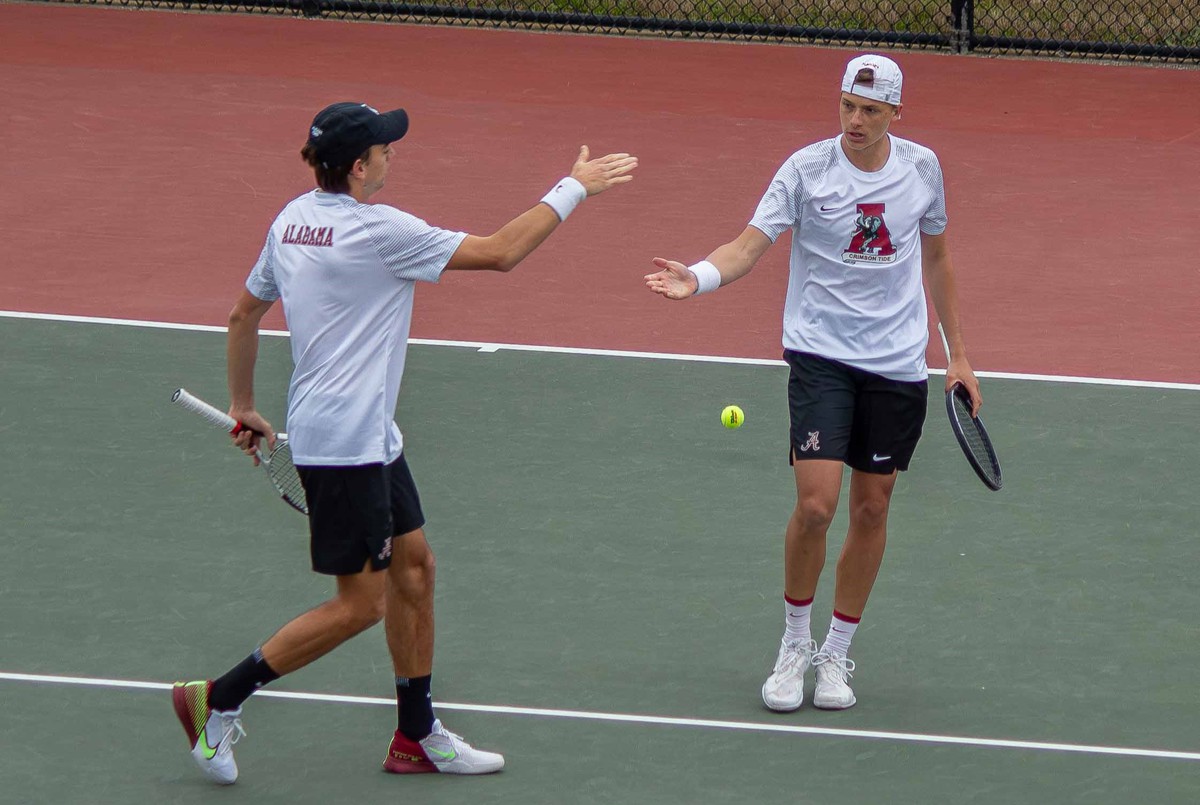 Since 1987, The University of Alabama has been home to the Alabama Crew Club. Organized through the Student Recreation Center, the crew club is the University’s club rowing team.
Since 1987, The University of Alabama has been home to the Alabama Crew Club. Organized through the Student Recreation Center, the crew club is the University’s club rowing team.
There are 24 members on this year’s team. Many of the primary rowers started the same year and have been rowing together for the past two years.
Members of the team have their individual motivations for getting involved with the club. Head coach Kylie Forbes was a recruit for the University’s women’s rowing team. After an injury, Forbes decided to join the club rowing team. Forbes, a senior majoring in health science, began rowing in high school.
Crew club president Jason Grenier, a senior majoring in aerospace engineering, got involved with rowing through a friend who encouraged him to try the sport. Physical benefits contributed to his decision as well.
“I originally started as a means of getting into shape and having an activity to do that I really cared about,” Grenier said. “I’m kind of good at it, and I really enjoy it.”
For treasurer Huner Spindoe, the Olympics actually played a part in his involvement.
“I watched it on the Olympics and always thought it looked fun and interesting,” said Spindoe, a junior majoring in political science. “It caught my interest when I was walking by the table on Get On Board Day. I joined them and fell in love with it.”
Boathouse captain and secretary Tom Ostby, a junior majoring in psychics, said he became a part of the team while looking for an extracurricular event. His mom, who rowed in the past, suggested he join the team.
Being a part of the crew club takes extreme dedication. The sport is different from other water sports such as kayaking and canoeing.
“A lot of people don’t understand the seriousness or how much it really takes to be able to row in a competition,” Grenier said. “The amount of schools that have crew teams usually out numbers any other sport in the country except for maybe football.”
Practice starts every morning at 5:15 and ends at 7:30. A few days out of the week, the team has evening workouts.
Forbes starts the team off with a warm-up, a mile run or intense calisthenics with stretching every morning before going out on the water. In the boat, they perform drills that focus on pressure, strength and speed. Evening workouts target strength, endurance and speed and include weight training three times a week.
Unlike a sport like football, where there are constant stoppages of play and short intense intervals, rowing is a sport where rowers are going nonstop.
“It’s hard to compare to other sports where it’s intense for like four seconds at a time,” Bernier said. “Rowing is really intense, but you just can’t stop. You have to keep going no matter what.”
The crew club has a fall and spring seasons that both consists of four or five races. The fall races consist of 5000 meter races, while the spring focuses on 2000 meter races.
“We compete several times during the fall,” Grenier said. “We have a couple in November, and we usually have four races every fall. We also have a spring season, which is different from a fall season. We have about four or five races in the spring. Fall season races are 5000 meters and are judged on by whoever gets the best time. The spring [season] is 2000 meters where there are six boats lined up at one time, and whoever gets to the finish line first wins.”
The team competes against other schools such as LSU, Georgia Tech and Auburn.
“We mostly compete against SEC and southeast regional schools, but we do compete nationally as well,” Forbes said.
Last spring the team went to the American Collegiate Rowing Association National Championship, where they competed against schools from states such as California. The team finished fourth at nationals last year. The Hooch and the Aberdeen Dad Vail are two of the most prestigious regattas the team hopes to compete in this school year.
“Most of it depends on the race,” Erik Glynn, vice president, said. “If it’s a smaller race, it’ll be more local schools. If you go to national championships, it’ll be everyone.”
Having a rowing team can be expensive. Last year the team spent $30,000 on things such as boats and traveling. Funds from the Rec Center and financial affairs committee of the Student Government Association are allocated each year. Member dues make up a bulk of the team funds. Fund raising is another variable the team uses.
“We do a thing called Rent-A-Rower,” Glynn said. “A person in the community can pay a set amount and get a rower to do odds and ends jobs.”
This season the team transitioned from an eight- to a four-person boat. This is Forbes’ first year as head coach. Last year’s coaches got jobs in the rowing community. Most of the team is composed of male rowers, but females are allowed to compete as coxswains, who sit in the front of the boat and are in charge of steering the boat.
The team practices on the Black Warrior River and keeps their equipment in the boathouse. The team placed second in their first regatta, or race this season in Chattanooga, Tennessee. The Row Tide regatta in the spring is the team’s main home event for the year.
While other club sports may not interact with teammates outside of the playing field, the Crew club is like a family.
“We’re a family,” Spindoe said. “We talk to each other every day at least one time about something outside of practice.”
Grenier talked about what it’s like being a part of the rowing sport.
“It’s a lot more than getting up early and doing a workout,” Grenier said. “It’s a very team orientated sport. When it comes to being involved with other teams, it’s a very respectful sport. Everyone understands that everyone is out there racing against each other has tried just as hard as the person next to them. We all understand that’s a lot of effort. It really helps build maturity and leadership being on a rowing team.”

